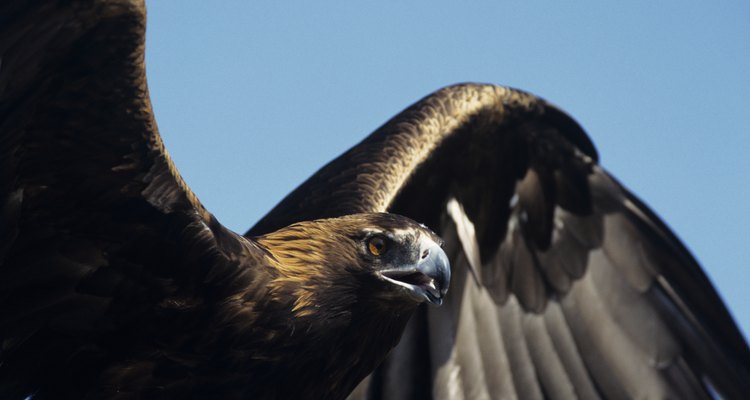
Tom Brakefield/Stockbyte/Getty Images
Feathers were ubiquitous in the Cherokee environment and merged into many aspects of the Cherokee culture. Acquisition, preparation and usage of certain types of feathers became traditional rituals and in many cases relegated to specific members of the tribe. Some traditions had to be followed such as the one stating that all feathers except those of an eagle must be found by chance and not acquired for specific needs. The presence of feathers of some birds was attributed to certain diseases.
Eagle Feathers
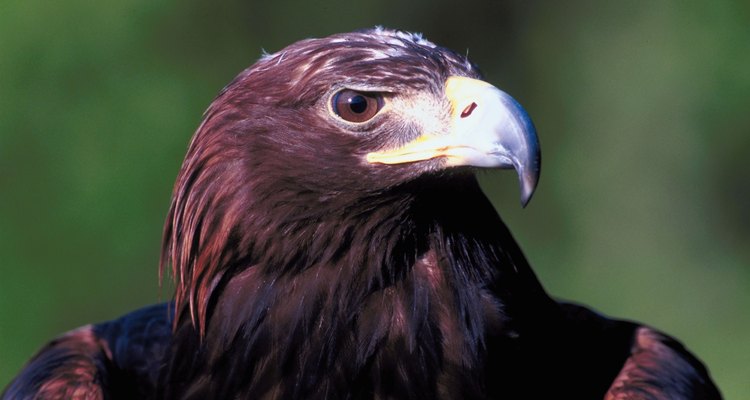
Jupiterimages/Photos.com/Getty Images
Eagle feathers, especially the 12 tail feathers, were significant to the Cherokee. The golden eagle, which was called “pretty feathered eagle” by the Cherokee people, was the sacred messenger between earth and sky. Its feathers were used for decoration and ceremonial rituals. In some tribes, a single eagle tail would be worth a horse. Only great warriors or medicine men were allowed to possess or carry golden eagle tail feathers. White bald eagle tail feathers, symbolizing power and spiritual purity, were worn only by spiritual leaders such as a Clan Mother, a chief or a medicine holy man. While others in the tribe could carry or wear eagle wing-feathers or plumes, everyone could wear common bird feathers; water fowl and turkey feathers were also sacred but common.
Owl Feathers
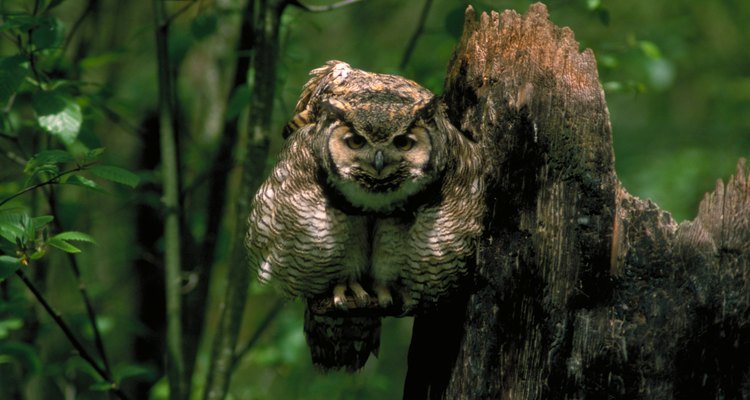
Jupiterimages/Photos.com/Getty Images
Owls were considered witches or embodied ghosts, and the night cries of the screech owl, horned owl and hooting owl were considered evil omens, so their feathers were not worn. However, one long owl wing-feather or tail feather was soaked in water and used to bathe a child’s eyes to keep him awake all night.
Blue Jay Feather
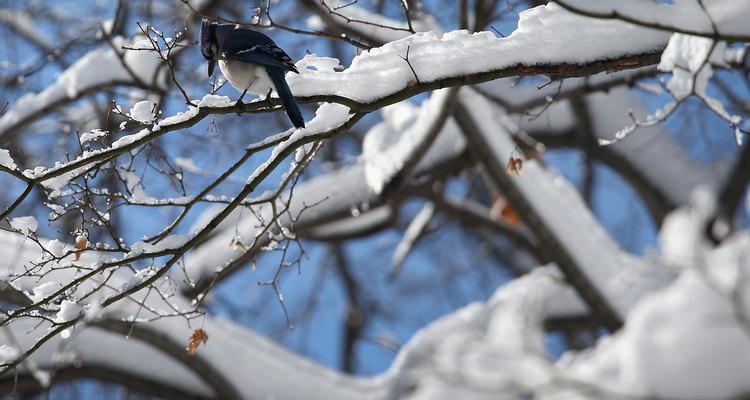
John Moore/Getty Images News/Getty Images
Blue jays were not especially esteemed by the Cherokees, but soaked blue jay feathers were applied to the eyes to make a child an early riser.
Buzzard Feathers
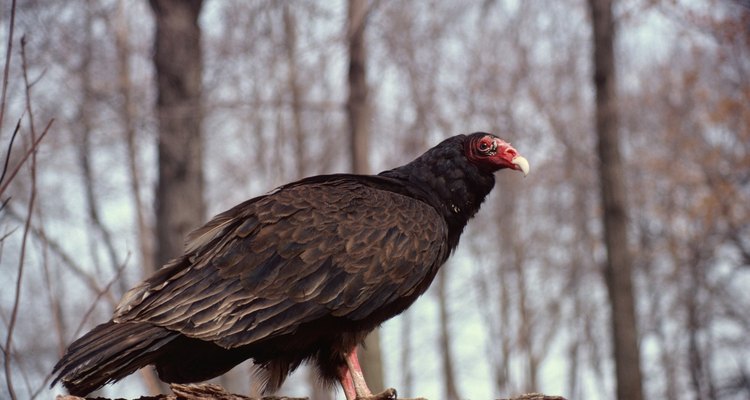
Jupiterimages/liquidlibrary/Getty Images
To the Cherokee, the buzzard was considered a doctor bird that could protect them from diseases such as smallpox. Therefore, feathers from a buzzard had to be taken seriously. Although ball players believed that wearing buzzard feathers caused baldness, buzzard feathers placed over doors kept witches out. A tube cut from a buzzard quill was the conveyance used to blow medicine on a gunshot wound; afterward, buzzard down was placed over the wound.
Great White/ American Egret
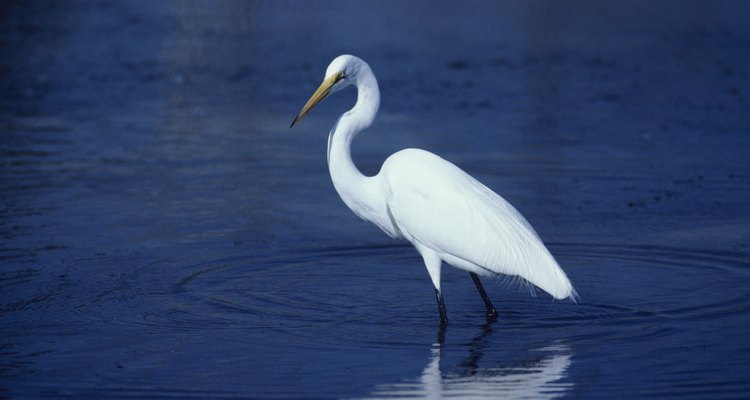
Tom Brakefield/Stockbyte/Getty Images
The great white or American egret feathers worn by ball players might have originated as peace emblems.
Turkey Feathers
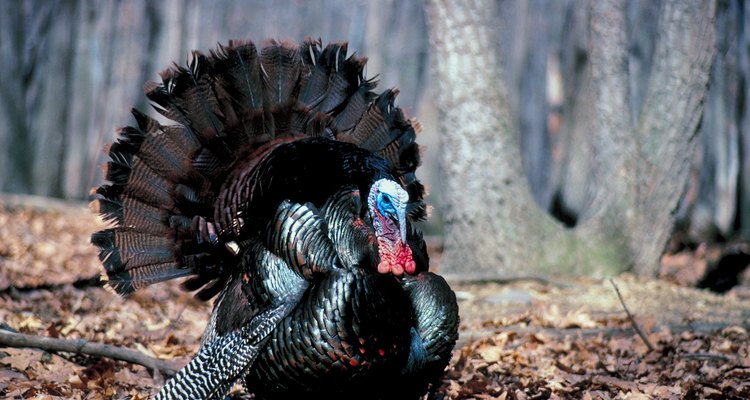
Jupiterimages/Photos.com/Getty Images
Although turkey feathers did not hold much meaning for the Cherokee, they were widely used in decoration. Women wore turkey feather mantles in the early 1700s. However, they were not worn by ball players for fear of growing a wattle.
Hawk Feathers
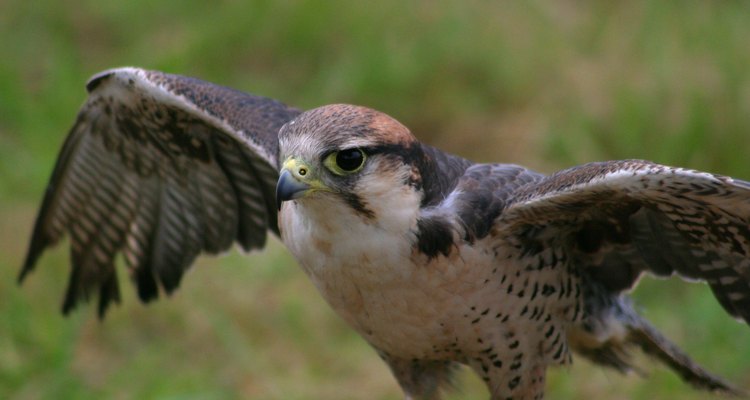
NA/Photos.com/Getty Images
Hawks in Cherokee mythology represented unity against a common enemy. The first feathers tied to the crown of all ball players and warriors were not painted, and if not taken from a right wing of a raven or eagle, they were taken from right wings of hawks such as the mountain hawk, sparrow hawk, large chicken hawk or long-tailed hawk. The second feather woven into the first feather in a warrior’s tuft of hair was 3 to 4 inches long and painted or dyed bright red. These feathers were taken from the area directly beneath the tail feathers of a hawk or an eagle.
Related Articles
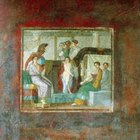
What Are the Family Ties for the Greek ...

Hawaiian Traditional Gifts

What Games Did Children Play in ...

What Do Frog Tattoos Mean?

The Significance of Earrings on Men

How to Make a Swan Lake Headpiece

Information on Carnival Masks

Where Did the Custom of Easter Baskets ...

Who Wears Red Fez Hats?
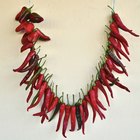
What Is an Italian Horn?

Clothing of the Children During the ...
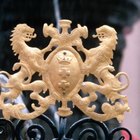
What Is the Difference between a Coat ...

Christmas Cantata Ideas

Golden Flax Seed Vs. Dark Flax Seed

Children's Activities on Moses, the ...

What Is the Meaning of White China Jade ...
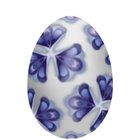
The Story of Cascarones

Women's USO Costumes of the 1940s

About Christian Men Wearing Earrings

Traditional Clothing in Hawaiian Culture
References
Writer Bio
Tonya Yirka is an Indiana-based writer who has focused on writing for online publications since 2009. She contributes many articles about Chinese culture and traditions to various websites. Yirka, a retired teacher, has a Bachelor of Science in education from Indiana University and attended classes toward a Master of Science in educational studies.
Photo Credits
Tom Brakefield/Stockbyte/Getty Images